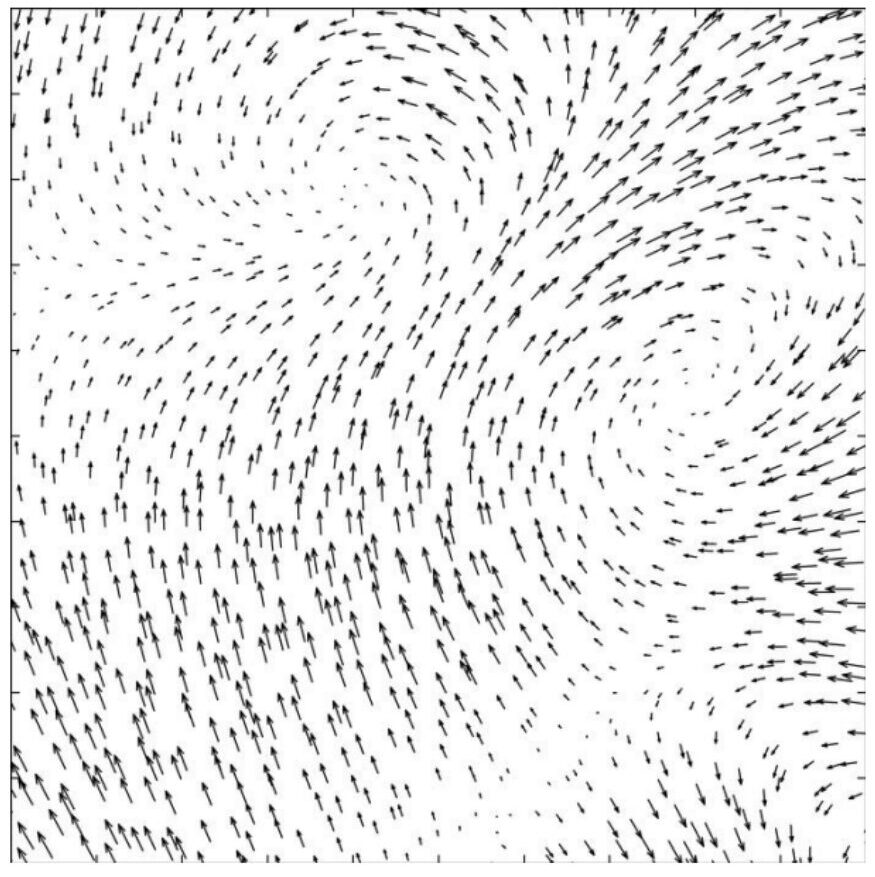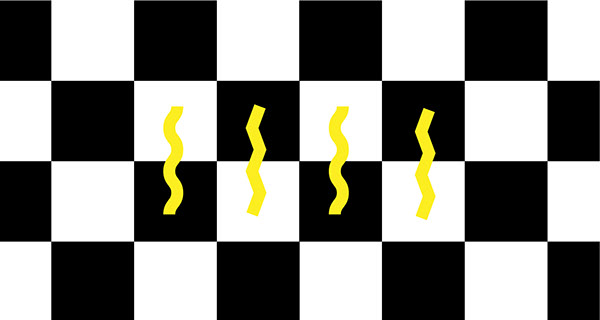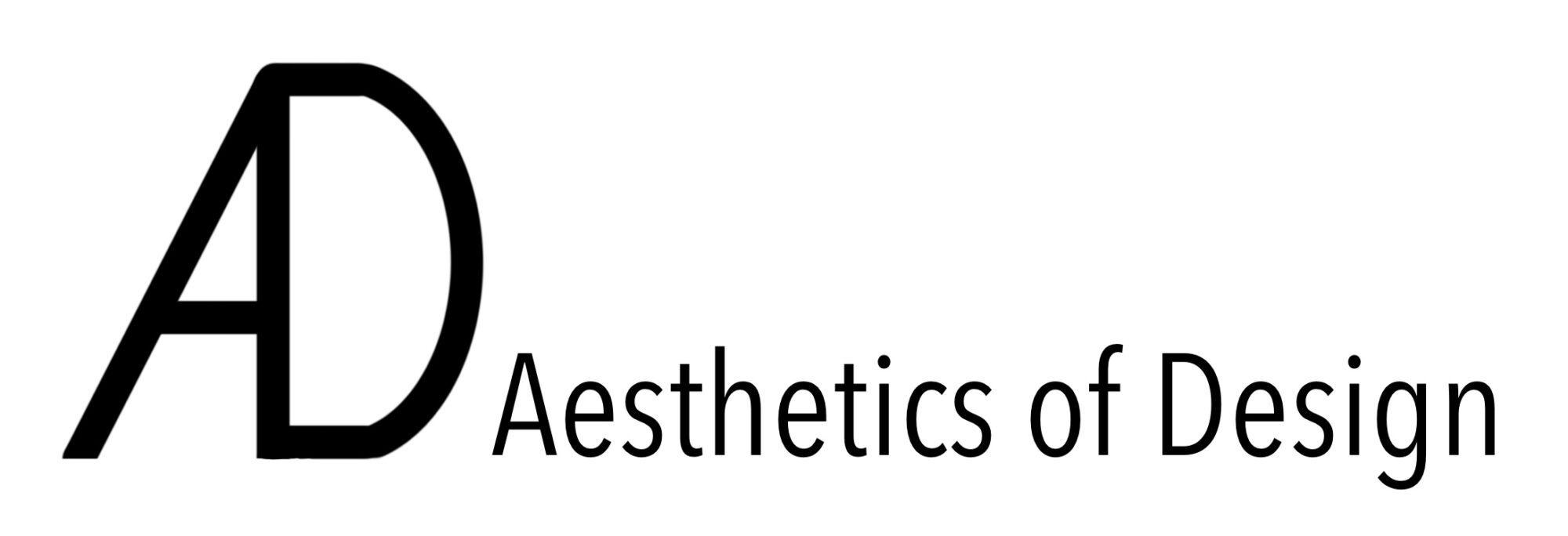As the semester draws to a close, I find myself deeply immersed in my interactive art installation project. What began as a simple concept has evolved into something more complex, challenging me to balance artistic ambition with practical constraints. Above all, I’m striving for elegance in execution. There’s something deeply satisfying about work that’s well-crafted—where the quality of construction becomes part of the artistic statement itself. I want viewers to appreciate not just the concept, but the care taken in bringing it to life.

The heart of my installation lies in creating a sense of whimsical mystery. I’m fascinated by the idea of elements—little arrows or blobs—that seem to follow or ignore viewers as they move through the space. This playful interaction creates a subtle dialogue between the viewer and the work, provoking curiosity without explanation. Equally important are the mechanical aspects of the piece. The rotating components aren’t merely functional elements but integral to the aesthetic experience. I’m determined to ensure these move with a smoothness that feels almost meditative, enhancing rather than distracting from the experience.

I want the installation to naturally invite interaction without explicit instructions. There’s something magical about watching someone approach a piece and instinctively understand how to engage with it. This natural drawing-in will be a measure of success for me. Additionally, I’m working toward a final piece that feels visually cohesive while maintaining an element of unpredictability—each interaction should feel fresh while still belonging to a unified visual language.
Yet as with any ambitious project, I’m facing several significant constraints. Perhaps most challenging is deciding on the aesthetic direction. Having pivoted to a combination project, I’m torn between eclectic minimalism, Memphis design, and De Stijl. There’s comfort in working within my established aesthetic of eclectic modernism, but also an exciting challenge in exploring unfamiliar territory. Time is also pressing as the end of semester approaches with its usual acceleration.

I’m particularly conscious of scope drift. My imagination keeps expanding the project to grandiose proportions—a ten-foot-wide wall installation, at least six feet tall, covered in tracking elements. Focusing on executing one cohesive section of this larger vision will be crucial to delivering quality work within my constraints. Technical reliability presents another challenge. Ensuring the mechanical elements function consistently throughout an exhibition adds complexity that requires not just initial execution but designing for durability. Ultimately, success hinges on finding that perfect balance between ambition and feasibility—creating something meaningful without setting myself up for disappointment.
As I navigate these final weeks, I’m finding excitement in these constraints rather than limitation. There’s creativity in problem-solving within boundaries. The negotiation between my ideal vision and practical realities is itself a form of artistic practice. Whatever form this project ultimately takes, it will represent an authentic exploration of this creative tension—which may be the most interesting outcome of all.
*helped with AI
Sources:
Title Image: https://breakfaststudio.com/works/reflections-in-austin
[1] Vieira, Daniel & Paixao, Joao Antonio Recio. (2018). Vector Field Neural Networks. 10.13140/RG.2.2.32353.35688. [2]https://studiomframing.com/products/piet-mondrian-mondrian-original-print-framed-2 [3] https://www.behance.net/gallery/71345861/MEMPHIS#

